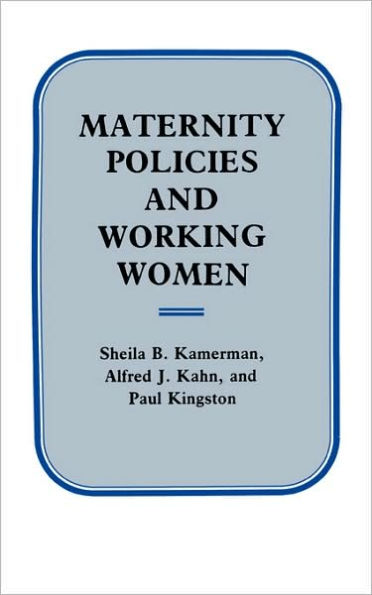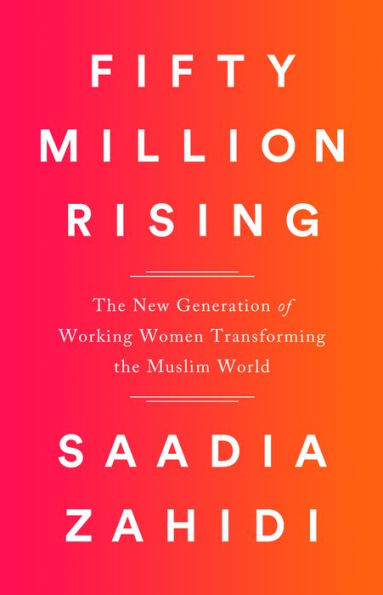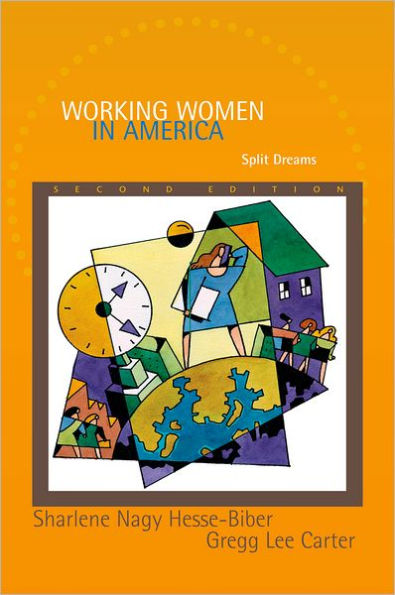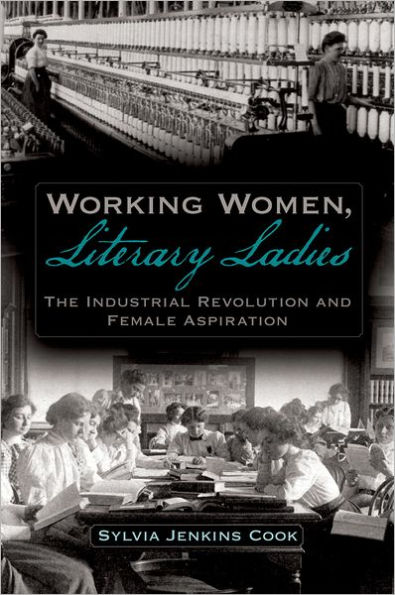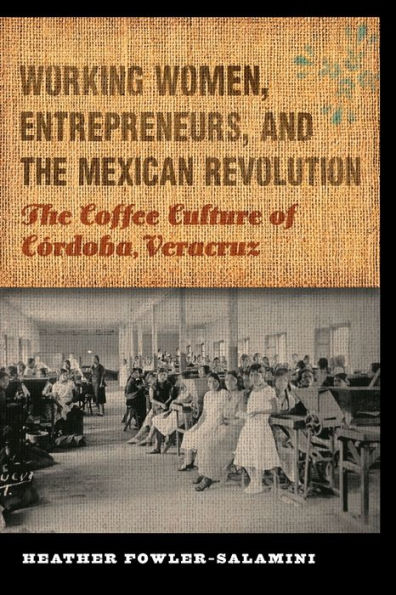Home
Accommodating Protest: Working Women, the New Veiling, and Change in Cairo
Barnes and Noble
Accommodating Protest: Working Women, the New Veiling, and Change in Cairo
Current price: $34.00
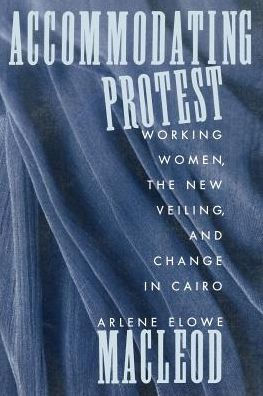

Barnes and Noble
Accommodating Protest: Working Women, the New Veiling, and Change in Cairo
Current price: $34.00
Size: OS
Loading Inventory...
*Product information may vary - to confirm product availability, pricing, shipping and return information please contact Barnes and Noble
This book explores the puzzling phenomenon of new veiling practices among lower middle class women in Cairo, Egypt. Although these women are part of a modernizing middle class, they also voluntarily adopt a traditional symbol of female subordination. How can this paradox be explained?
An explanation emerges which reconceptualizes what appears to be reactionary behavior as a new style of political struggleas accommodating protest. These women, most of them clerical workers in the large government bureaucracy, are ambivalent about working outside the home, considering it a change which brings new burdens as well as some important benefits. At the same time they realize that leaving home and family is creating an intolerable situation of the erosion of their social status and the loss of their traditional identity. The new veiling expresses women's protest against this. MacLeod argues that the symbolism of the new veiling emerges from this tense subcultural dilemma, involving elements of both resistance and acquiescence.
An explanation emerges which reconceptualizes what appears to be reactionary behavior as a new style of political struggleas accommodating protest. These women, most of them clerical workers in the large government bureaucracy, are ambivalent about working outside the home, considering it a change which brings new burdens as well as some important benefits. At the same time they realize that leaving home and family is creating an intolerable situation of the erosion of their social status and the loss of their traditional identity. The new veiling expresses women's protest against this. MacLeod argues that the symbolism of the new veiling emerges from this tense subcultural dilemma, involving elements of both resistance and acquiescence.
